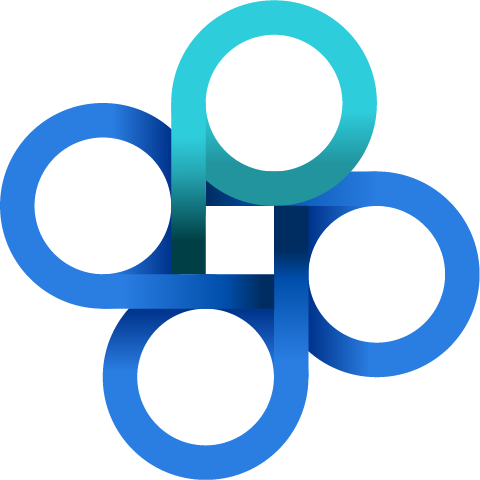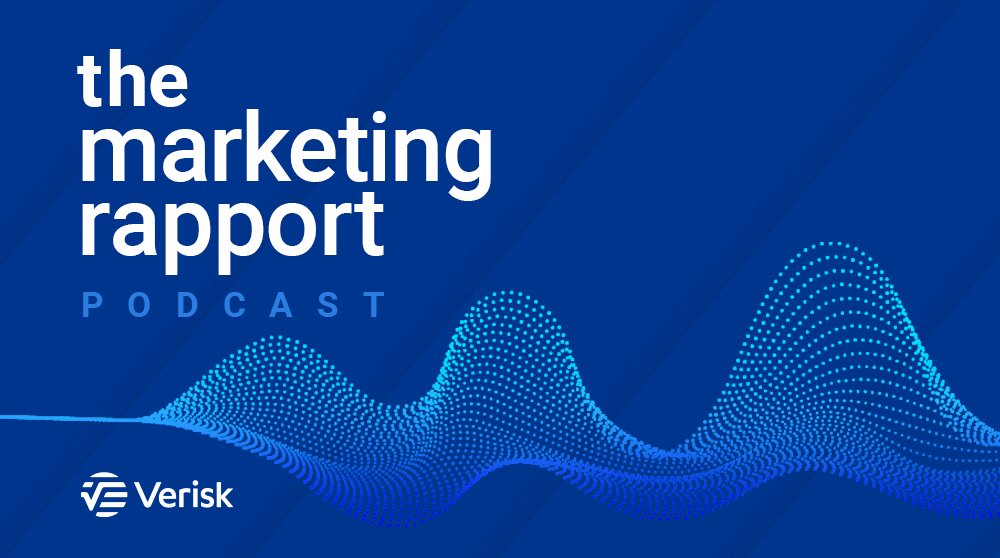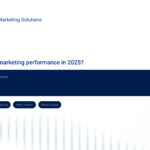How to Transform Your Acquisition Program
Working with Jornaya’s largest strategic partners, I’ve had the opportunity to learn from some of the smartest marketers in the country. These are highly intelligent, data-driven and ROI-focused marketers at national brands who are constantly optimizing the dollars they spend to acquire customers in the most cost-effective way.
But, until recently, they haven’t had access to comprehensive data to analyze prospective leads because the technology simply wasn’t there yet. Today, those tools are available, and they’re quickly changing the way marketers judge lead performance, helping them remove inefficiencies and better understand the intent of the consumers behind their leads.
Traditional Lead Optimization:
Most seasoned marketers are buying data leads from partners to fuel their acquisition goals – and they typically judge the performance of those leads in two ways:
- Conversion Rate: How many of these leads convert into customers?
- Cost Per Acquisition: How much am I spending for each converted customer?
In order to maximize acquisition and minimize cost, smart marketers will use all the information available to optimize their spend. You’re likely managing progress towards your target rates by looking at:
- Lead Source: You set different volume allocations by partner, based on historical performance.
- Campaign: You “dial up” or “dial down” volume within certain campaigns from your partners depending on how they are performing and how much they cost.
- Data Validation: You try to identify “bad data” that is sent to you by matching contact information and checking third party demographic profile data services.
These are all very important strategies in optimizing performance. But if, for example, you want your car’s engine to run smoothly and at peak levels, would you merely adjust the buttons and levers on the dashboard and hope for the best? Or would you find an expert mechanic to actually open the hood, diagnose specific issues and adjust the engine for the best performance?
The bottom line is that if these primary data points are the extent of your toolkit, you’re missing some major factors that are impacting your overall marketing program’s performance.
Lead Optimization 2.0: What’s Under the Hood?
What if, instead of only seeing the surface level of source, campaign and data in a lead – you could actually dig deeper to gauge consumer intent and remove inefficiencies in your leads?
By leveraging better data to gain a more comprehensive view into the lead market and the consumer, you can do exactly that. Using such specific data, a successful two-pronged approach to transforming your acquisition strategy will identify ways to improve inefficiencies and simultaneously allow you to act on consumer intent.
1. Inefficiencies in the lead marketplace
With better data insights, you can buy only the more promising leads and eliminate waste in the market. You will be able to answer questions like:
- How old are your leads?
- Are you buying leads that have been through your competitors’ hands already?
- Is there a real consumer, with real interest behind this data?
- Did the consumer provide consent to be called?
Knowing the answers to these questions is great, but only the first step in improving your business. How do you take action on that information to improve? One prime example is old leads. Most marketers expect their leads to be delivered in real time (less than one minute) so that they can reach the consumer immediately after they’ve asked to be contacted. In the education vertical three years ago, we began sharing this type of data with marketers for the first time ever. Back then, less than 50 percent of leads were actually being delivered in real time. Today, three years later, after using LeadID’s “Lead Age” to make real-time optimizations, and sharing this type of data with their partners, our schools now see over 90 percent of their leads delivered in real-time.
In contrast, only 35-40 percent of the leads in the solar vertical are now delivered in real-time, and nearly 20 percent are over an hour old. This weakness is likely because the industry is much younger, but as marketers begin using better data to optimize their lead flow, the same positive shift can be expected.
2. Consumer intent data
If you are not incorporating intent into your optimal decision today, how do you know if you have the best prospective consumers in your funnel, and if you’re engaging with those consumers with the most appealing message?
Advertisers have used the AIDA acronym for years to describe the stages of consumer engagement: Attention, Interest, Desire, and Action.When you have a consumer in your marketing funnel, can you accurately gauge that consumer’s current state? If you’re not incorporating precise knowledge of consumer intent and level of engagement into your optimization efforts today, you are missing an opportunity to acquire more customers.
You can think about it like this:early stage consumers whose activities are spaced far apart are most likely not highly engaged and therefore much less likely to convert immediately. A consumer with a medium level of intent will exhibit more signs of activity, visiting and engaging more deeply with multiple websites. Lastly, a consumer who has displayed the highest level of intent has gone down the full path showing an increase in both activity and engagement—behaviors indicating she is ready to close and make the decision to move forward.
So, how can you make improvements with this information?
Once you are able to determine the exact stage of each consumer’s buying journey, you can more clearly identify which leads to buy based on the consumer’s level of intent, and how to treat those leads once you buy them. For instance, if you knew that one particular consumer was 70 percent less likely to buy your product than your average prospect, would you spend the same amount of money to market to that consumer?Would you use the same internal strategy to contact them? Would you prioritize follow up in the same way?
When you step out from behind the wheel and get a look under the hood with an expert mechanic, you gain a tremendous advantage over your competitors.
Eli Schwarz, Director, Strategic Partnerships









 Your Privacy Choices for Platform Services | Data Services
Your Privacy Choices for Platform Services | Data Services